Making A Plumeria Branch: How To Encourage Plumeria Branching
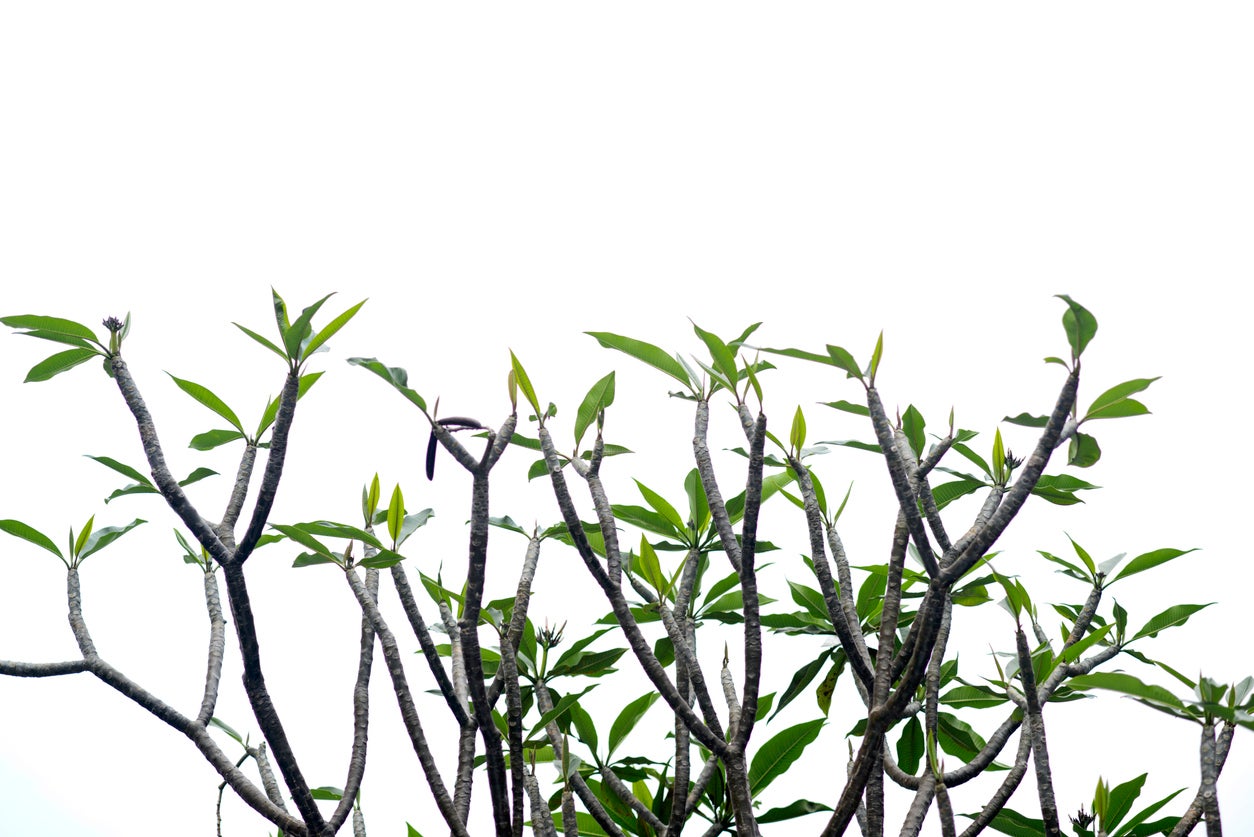

Also known as frangipani, plumeria (Plumeria rubra) are lush, tropical trees with fleshy branches and sweet-smelling, waxy blooms. Although these exotic, warm climate trees are surprisingly easy to grow, they can become lopsided or spindly. If your goal is to encourage plumeria branching, thus creating a fuller, balanced plant with more blooms, pruning is the way to go. Let’s learn how to get plumeria to branch.
Making a Plumeria Branch
Prime time for plumeria pruning is in spring, before new blooms emerge. This is the best way to encourage plumeria branching, as two or three new branches will emerge from each cut.
Prune the plumeria a couple of inches (5 cm.) above the junction of two branches. If the plant has grown out of control, you can prune drastically, about 12 inches (31 cm.) above the soil. If the tree just needs a bit of rebalancing, prune higher up.
Sterilize your pruning shears before beginning, using rubbing alcohol or a mixture of bleach and water. If you’re pruning more than one plumeria plant, sterilize the blades between trees. Also, be sure the shears are sharp, which allows you to make clean cuts. With dull blades, you’re bound to tear the plant tissue, which may introduce disease.
Make cuts at a 45-degree angle. Face the angle towards the ground to prevent water from pooling at the point of the cut. A milky, latex substance will ooze from the cut. This is normal, and the cut will eventually form a callus. However, be sure to wear gloves, as the substance causes skin irritation in some people.
Expect fewer flowers the first year after plumeria pruning. However, the tree will soon rebound and bloom better than ever.
Be sure to save the plumeria prunings; it’s easy to root new plants from the cut branches.
Gardening tips, videos, info and more delivered right to your inbox!
Sign up for the Gardening Know How newsletter today and receive a free copy of our e-book "How to Grow Delicious Tomatoes".

A Credentialed Garden Writer, Mary H. Dyer was with Gardening Know How in the very beginning, publishing articles as early as 2007.
-
 Looking For Plants To Give You The Soft And Fuzzies? Try These 5 Fuzzy Leaf Plant Options
Looking For Plants To Give You The Soft And Fuzzies? Try These 5 Fuzzy Leaf Plant OptionsLovers of texture, drama, silver foliage and tactile plants will adore these special sensory garden additions. These fuzzy leaf plant options will leave you all aglow
By Susan Albert
-
 Get Ready For A Summer Of Hummers! Grow These Full Sun Hummingbird Plants and Flowers
Get Ready For A Summer Of Hummers! Grow These Full Sun Hummingbird Plants and FlowersIf you’re lucky enough to enjoy a sunny backyard, make sure you are maxing out on your pollinator opportunities and grow these full sun hummingbird plants and flowers
By Tonya Barnett
-
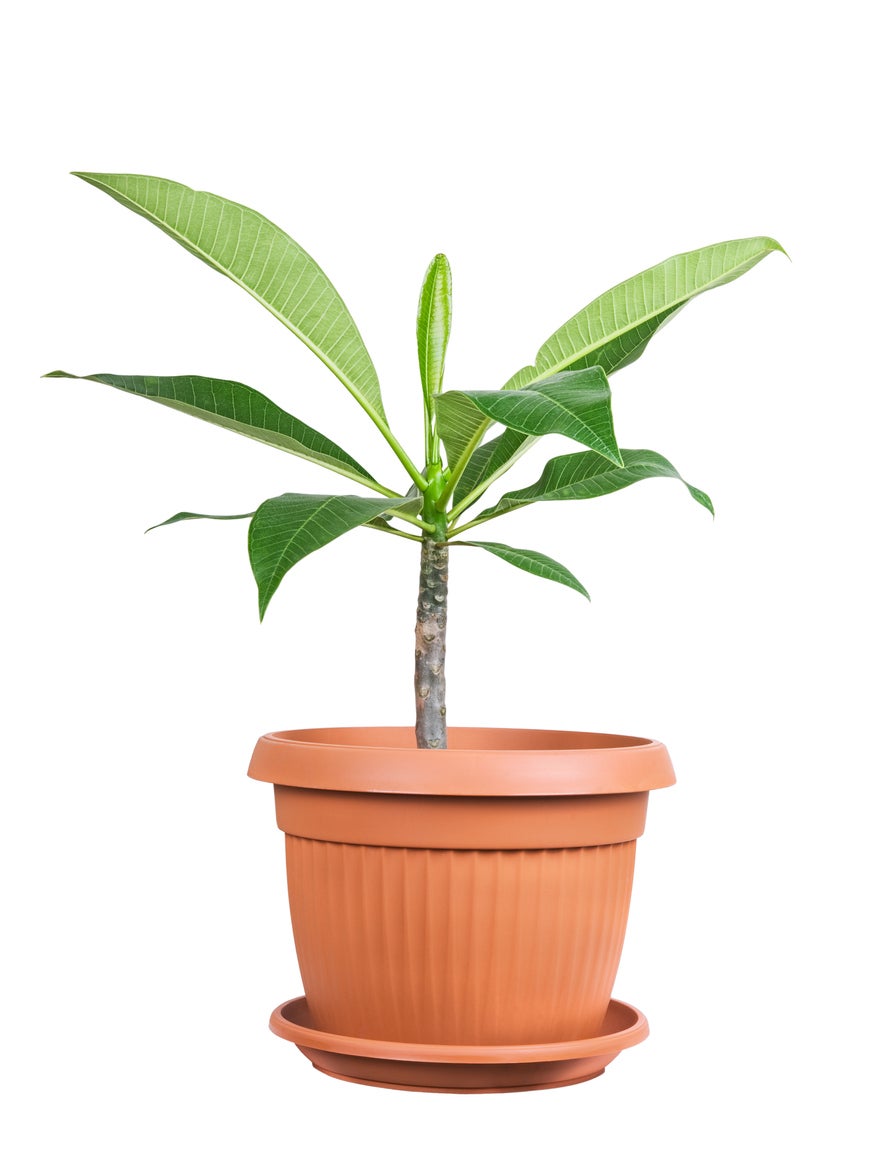 Plumeria Repotting Guide – Tips On When To Repot Plumerias
Plumeria Repotting Guide – Tips On When To Repot PlumeriasGrowing plumeria in a container requires repotting a plumeria yearly, in most cases. This encourages optimum growth and beauty. Plumeria repotting is not complicated, requiring a gentle touch and clean pruners. Take a look at the specifics in this article.
By Becca Badgett
-
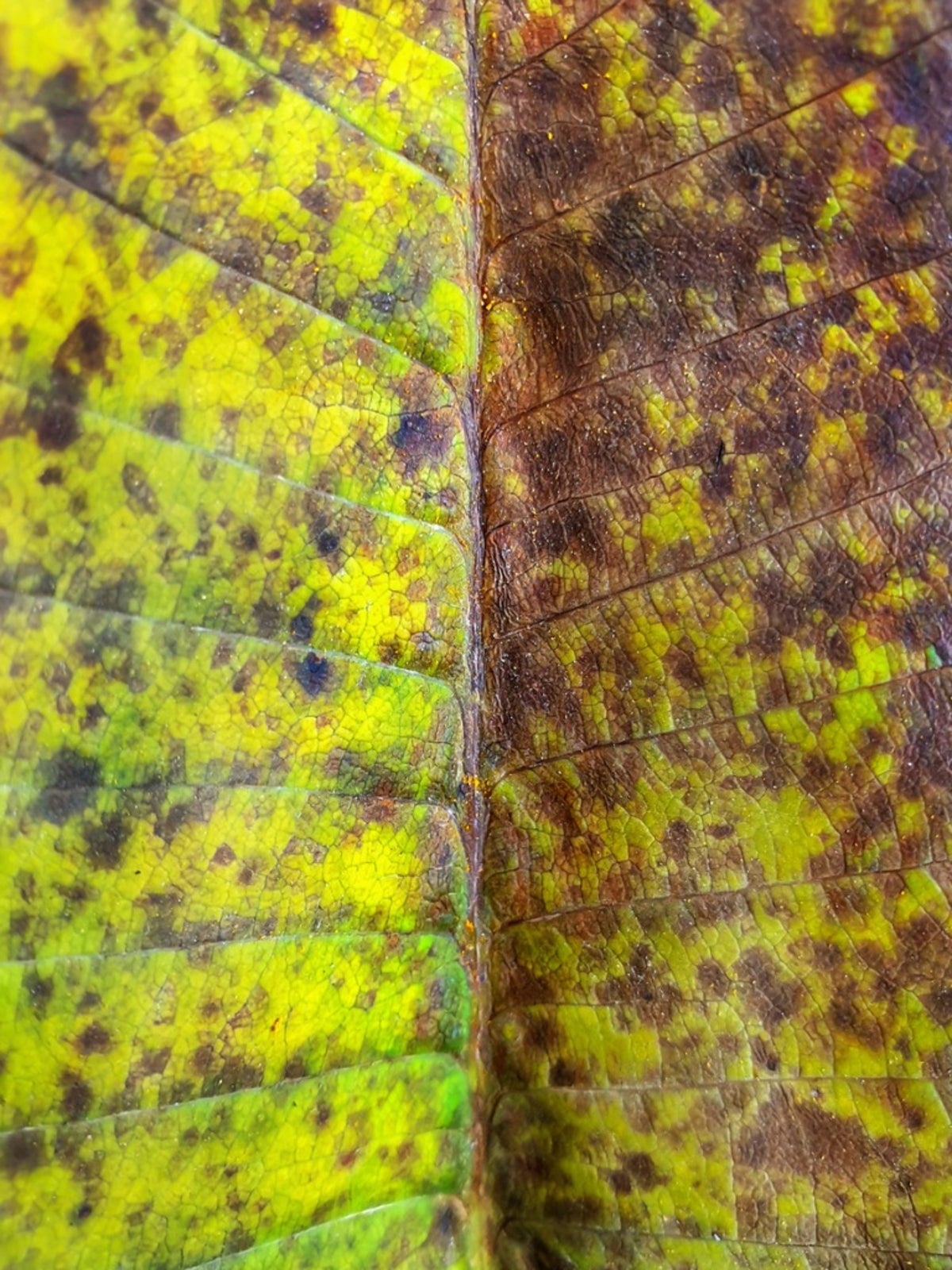 Plumeria Rust Fungus: How To Treat Plumeria Plants With Rust Fungus
Plumeria Rust Fungus: How To Treat Plumeria Plants With Rust FungusAlthough fungal diseases can happen anywhere, warm, humid tropical regions are especially favorable for fungal growth. Plumeria rust fungus is a disease that is specific to plumeria. Learn more about rust on plumeria plants in this article.
By Darcy Larum
-
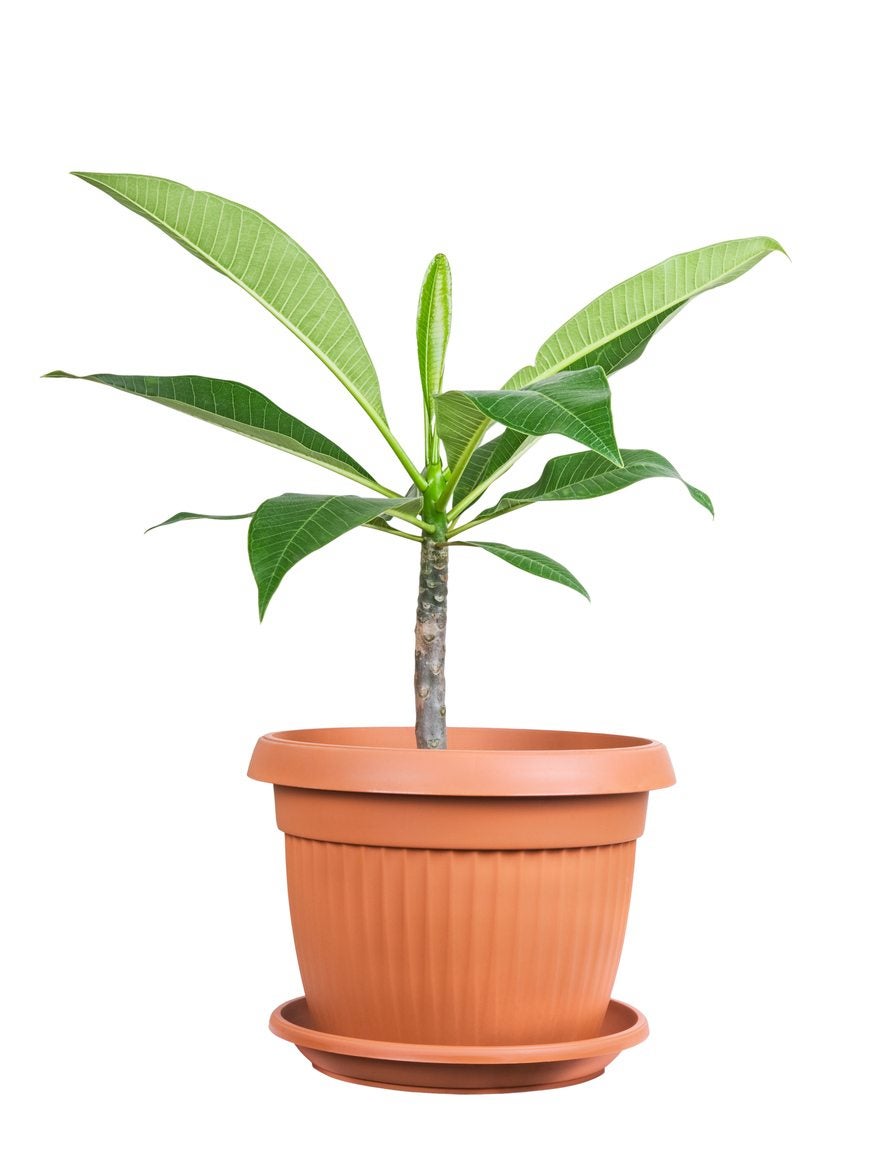 Indoor Plumeria Care – How To Grow Plumeria Plants Indoors
Indoor Plumeria Care – How To Grow Plumeria Plants IndoorsYou want to grow plumeria at home but feel geographically disadvantaged because you don?t live in the right planting zone (zone 9-11). But can you grow plumeria inside? What is required for indoor plumeria care? Click this article on to learn more.
By Shelley Pierce
-
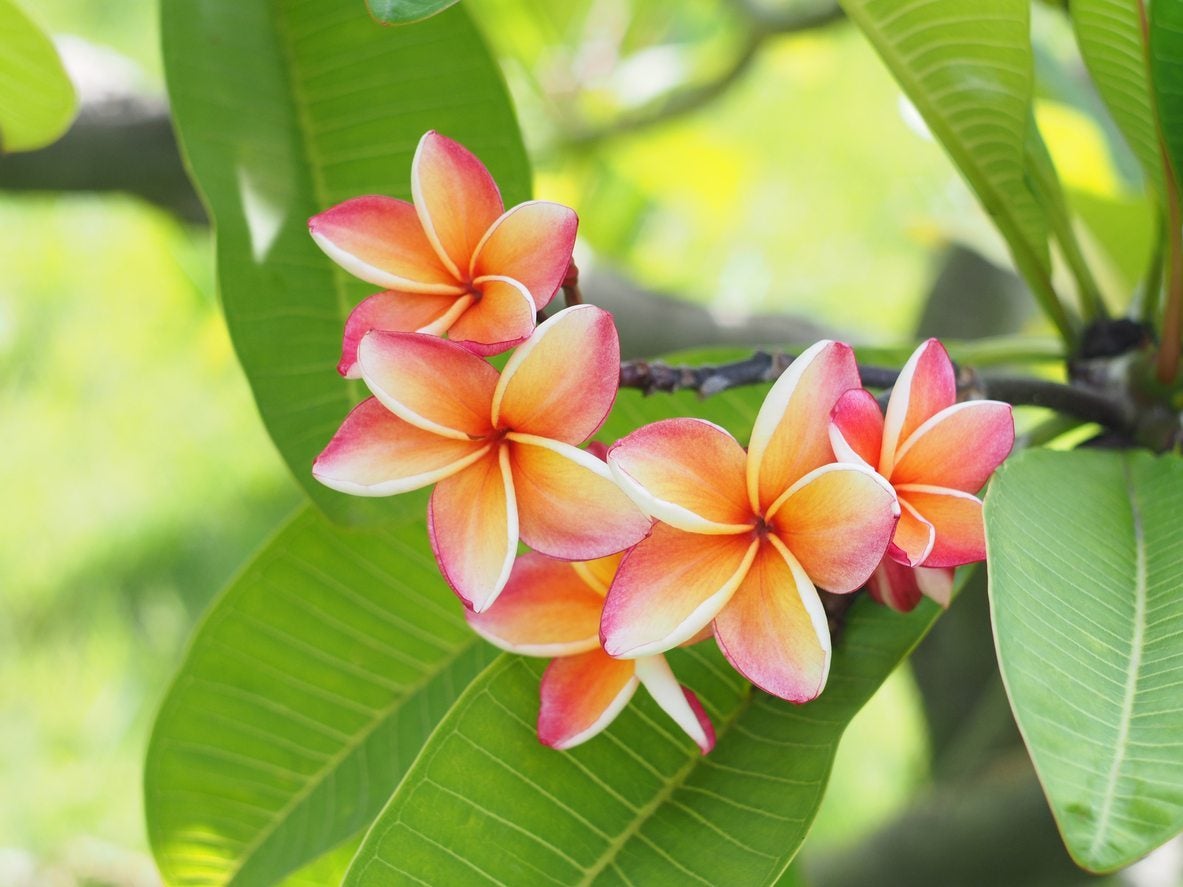 Moving Plumeria Plants : How And When To Move A Plumeria
Moving Plumeria Plants : How And When To Move A PlumeriaPlumeria can develop into large bushes with extensive root systems. Transplanting mature plants may be difficult, but transplanting a plumeria cutting is easy. Knowing when to move a plumeria is also an important aspect. This article will help with that.
By Bonnie L. Grant
-
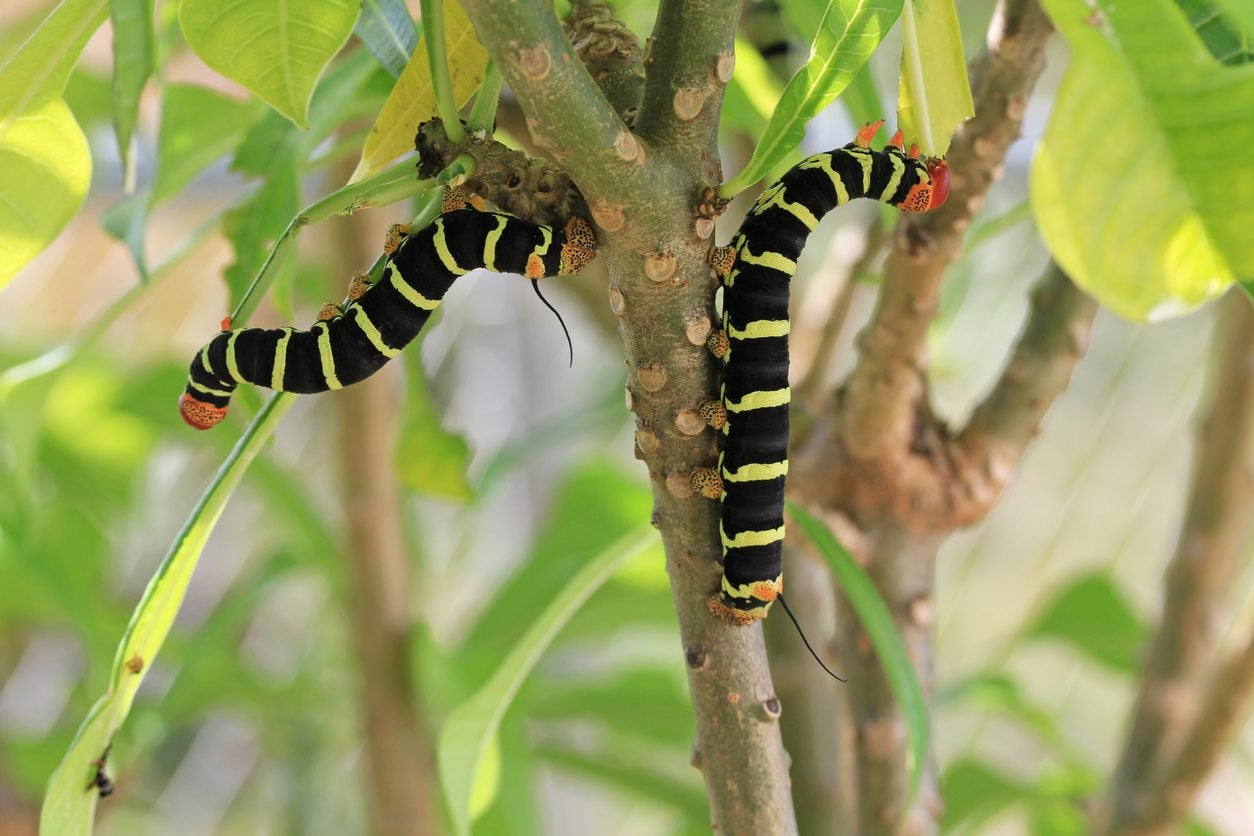 Plumeria Pest Problems – Learn About Pest Control For Plumerias
Plumeria Pest Problems – Learn About Pest Control For PlumeriasPlumerias are colorful and rewarding garden or patio plants. As with any plant, especially when it is stressed, you may have plumeria pest problems. On a positive note, common plumeria pests can be controlled with simple or organic treatments. Learn more here.
By Gardening Know How
-
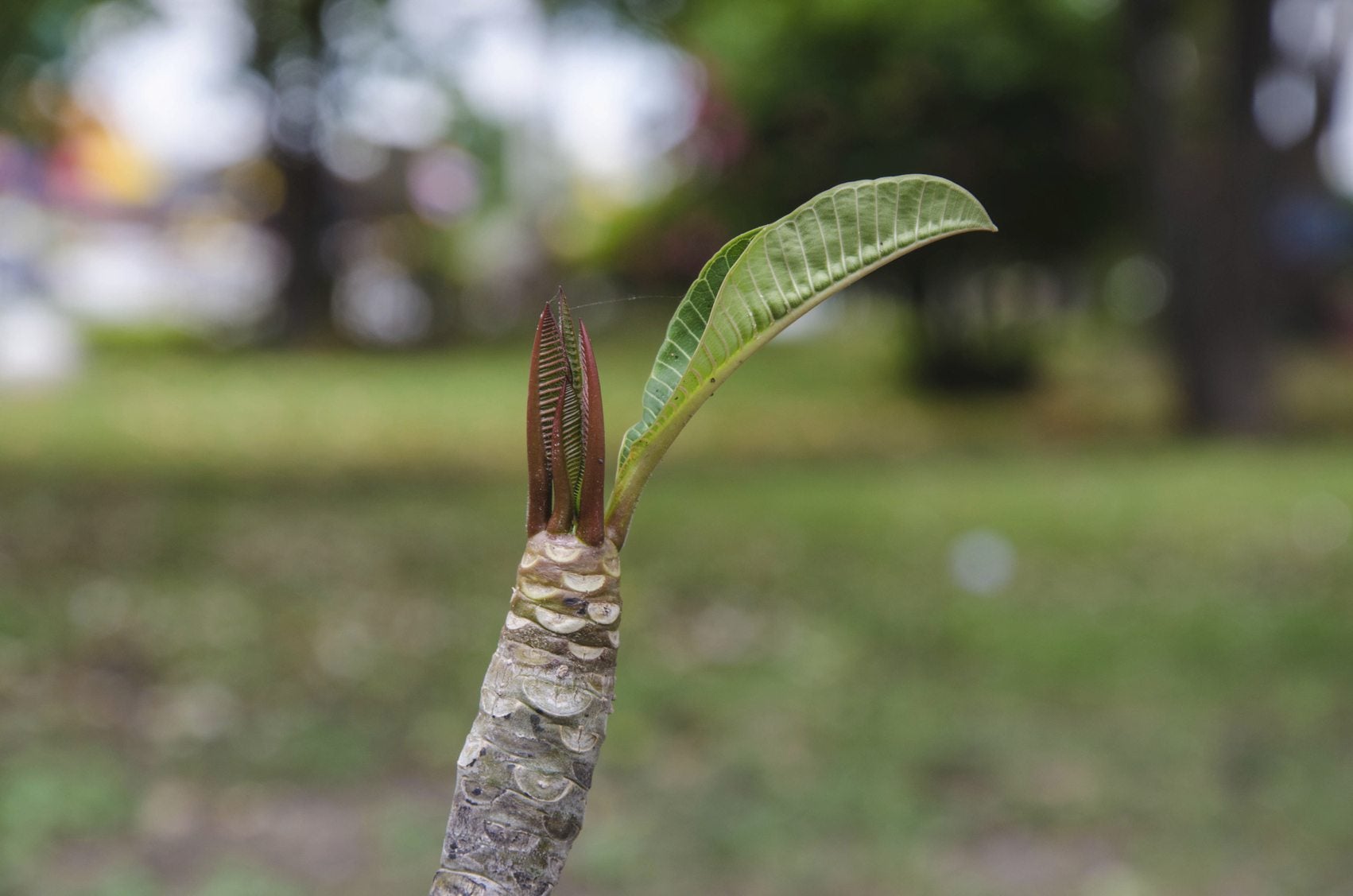 Plumeria Cutting Propagation – How To Grow Plumeria Cuttings
Plumeria Cutting Propagation – How To Grow Plumeria CuttingsPlumeria is a tropical and subtropical flowering plant that's very popular for its fragrance and for its use in making leis. Plumeria can be grown from seed, but it can also be propagated extremely well from cuttings. This article can help with that.
By Liz Baessler
-
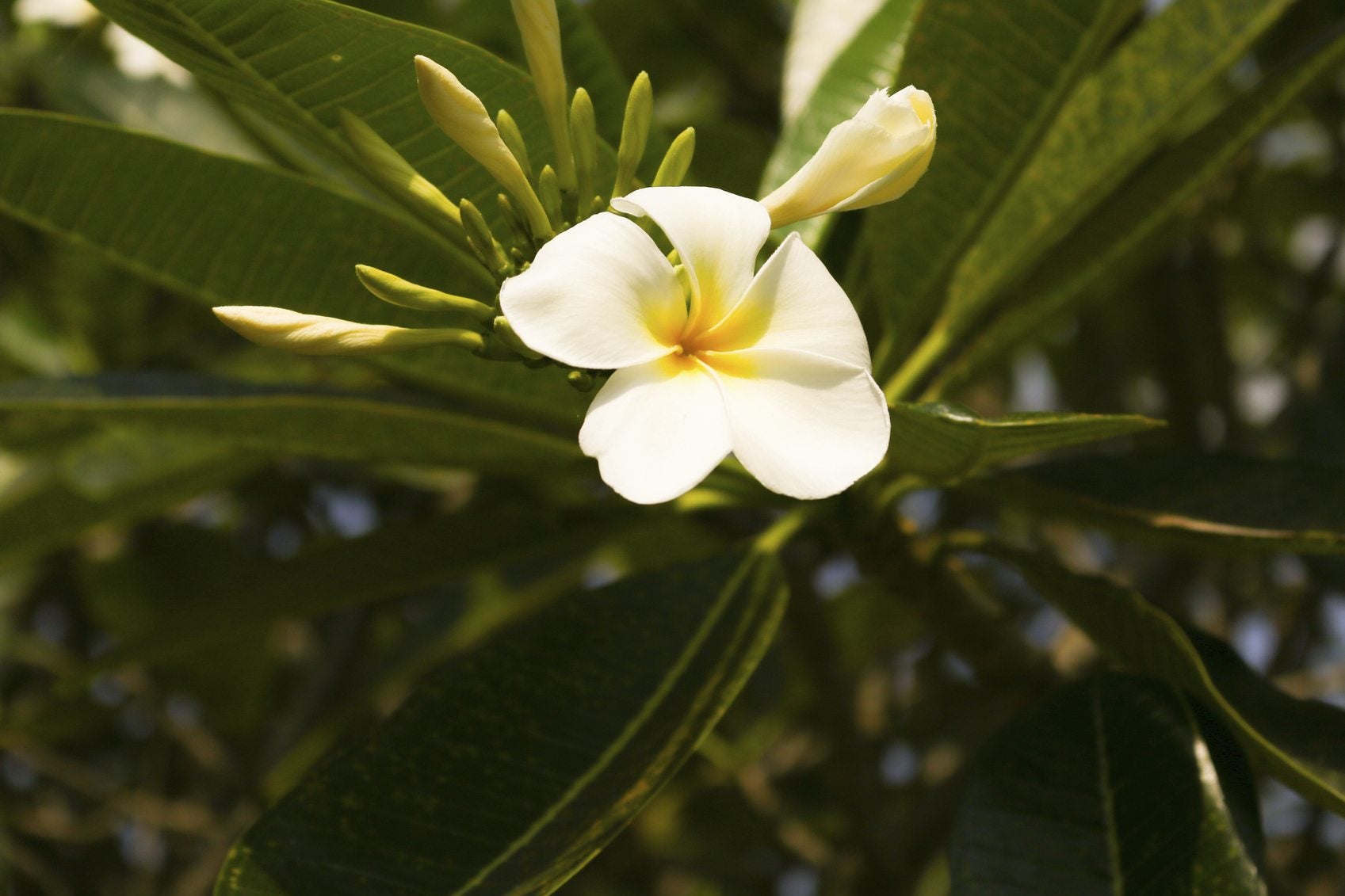 Plumeria Bud Drop: Why Are Plumeria Flowers Dropping
Plumeria Bud Drop: Why Are Plumeria Flowers DroppingIt can be upsetting to see plumeria flowers falling off or buds dropping before they open. This article provides information about plumeria flower drop and other problems with plumeria. Click here to find out why flower drop occurs and how to fix them.
By Teo Spengler
-
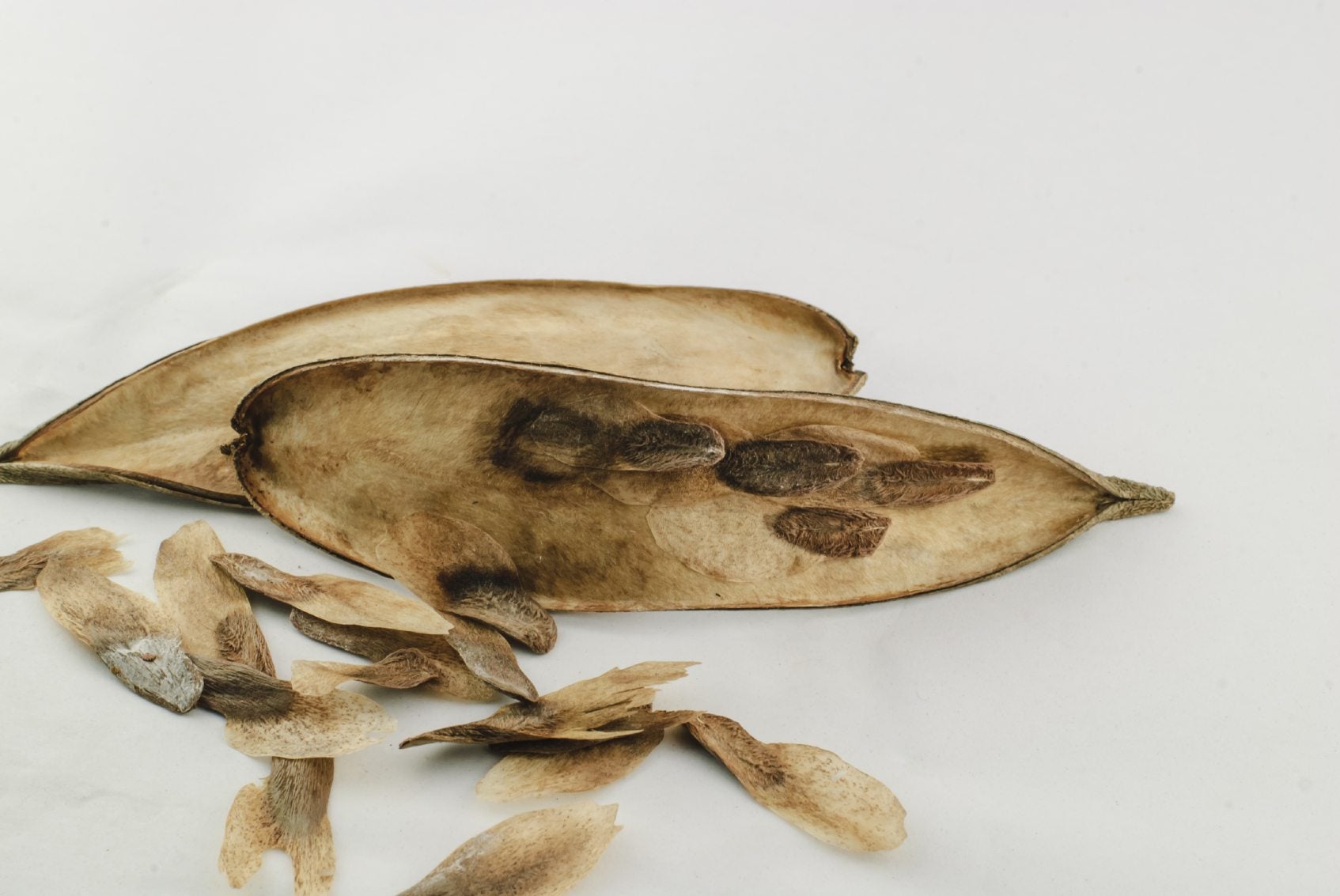 Seed Pods On Plumeria – When And How To Harvest Plumeria Seeds
Seed Pods On Plumeria – When And How To Harvest Plumeria SeedsSome plumeria are sterile but other varieties will produce seed pods that look similar to green beans. These seed pods will split open, dispersing 20-100 seeds. Click here to learn about harvesting plumeria seed pods to grow new plants.
By Darcy Larum